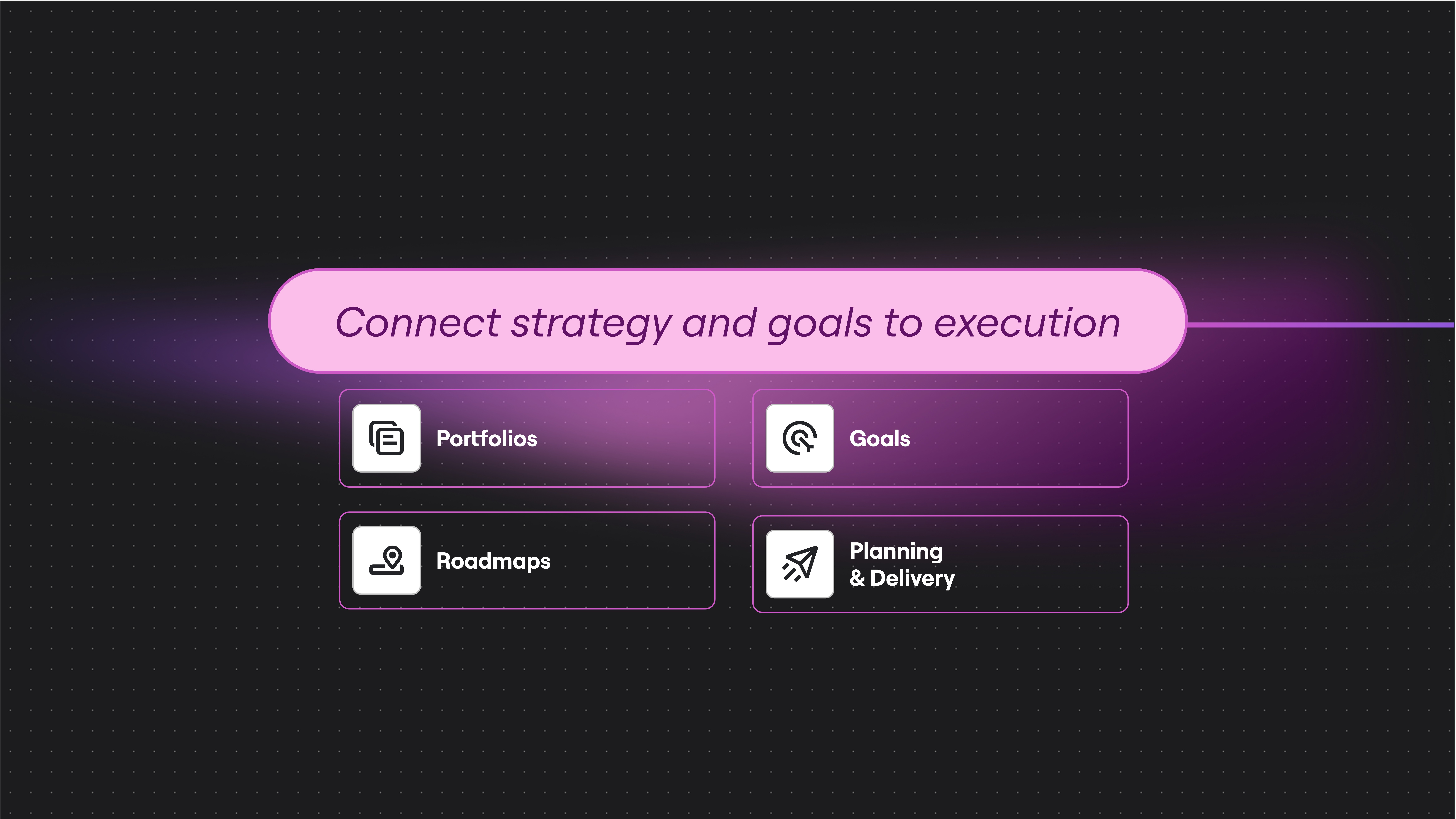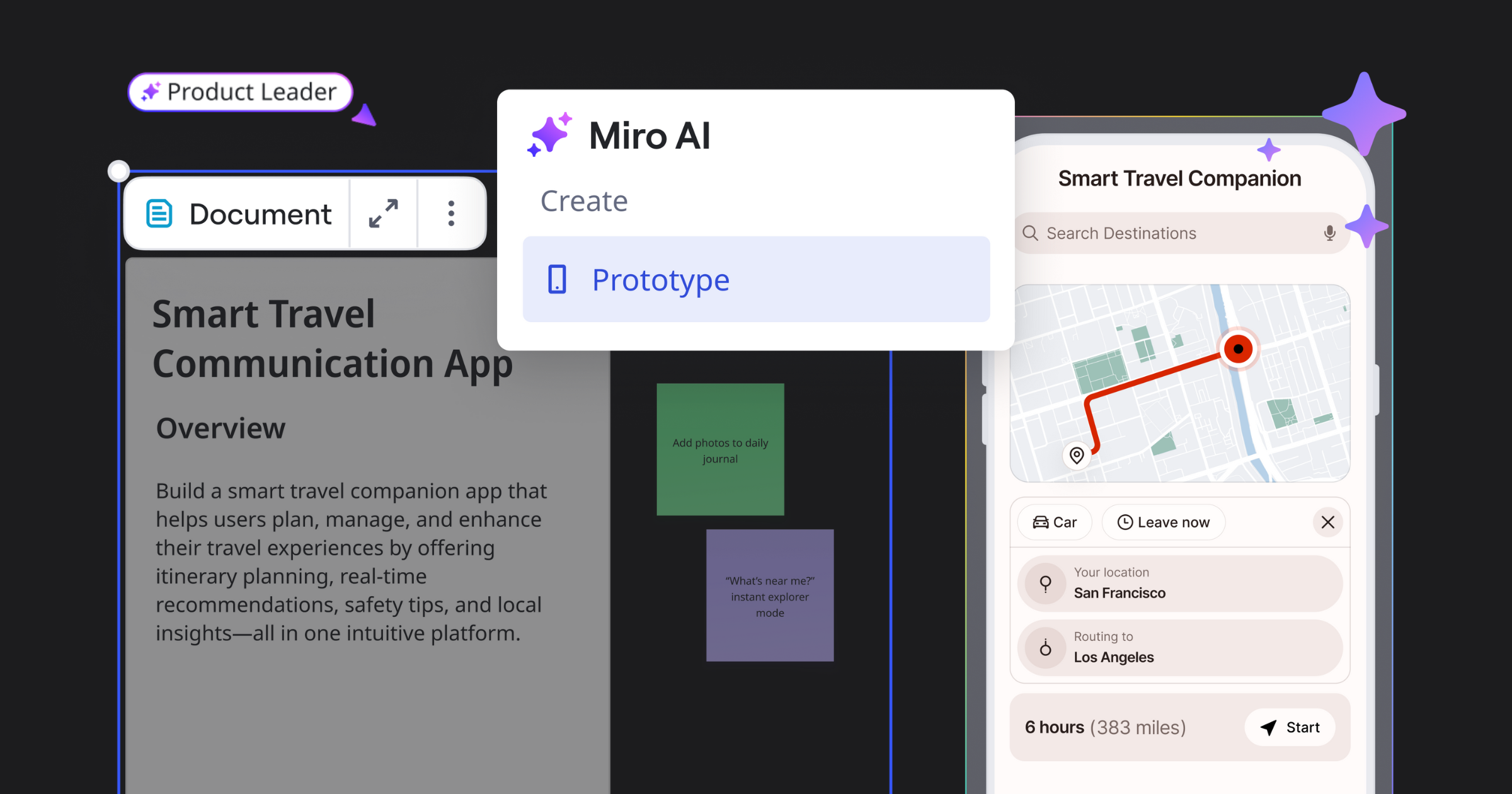“Do you have any questions? Nope, everything is clear.”
When I was running a digital studio about 10 years ago, this was the most frequent reaction I got at the end of a meeting. I was excited to see that the team was collaborating so well — but, as soon as the everyone started working on the assignment, dozens of questions and problems appeared.
There’s a fundamental problem with teammates not understanding each other. This problem became even more pressing when we started working in a distributed manner. No longer could we just hop in a conference room to resolve the issue—our workflow, built around emails, video-chats, task trackers, and Google Docs, made it hard to collaborate well. Information was constantly getting misconstrued (or not conveyed at all), either because different teams used different professional languages and had trouble explaining their ideas to each other, or because the tools we were using didn’t allow easy sharing of information across processes.
This left us slowed down and frustrated. We weren’t achieving the quality we wanted because giving feedback was hard, several times we lost money because of missed deadlines or a competitor who beat us to launch, and all too often we couldn’t get the buy-in or budget needed because we didn’t have the right tool to share our ideas and get others excited about them.
We knew something had to change. As we started to research the problem, we quickly realized that we weren’t the only ones experiencing it. After hundreds of interviews with companies, it became clear that there’s a fundamental problem with teammates not understanding each other. So many talented teams around the globe are working on amazing things, but can’t get the results they want. They become frustrated, they argue, they blame processes, tools, culture, languages, bad connection, distance, time zones, you name it—but they can’t admit it’s simply a matter of misunderstanding. Even teams who work in the same office become “distributed” the moment they leave the meeting room and head to their desks, needing a way to keep communication smooth even when they’re working on their parts towards achieving the goal.
We realized we needed a tool that help improve communication of complex ideas, that would allow teams to work together like they were sitting next to each other, no matter how far apart they actually were. We noted that, when we had a chance to meet in person, we used a whiteboard as the main tool for collaboration and brainstorming — and this was the thing we missed most when we went back to distributed work.
So in 2011 — when online whiteboarding didn’t even exist as a product category — we got to work. At first, we just wanted to create what Forbes later called “a virtual whiteboard on steroids,” a convenient tool that gives teams the same freedom the real whiteboard has. While the majority of collaborative tools offered a preset workflow and linear narrative, we tried to build a fluid structure that empowers the stream of thoughts which often results in brilliant ideas and unusual project’s directions.
But it turned out that an online whiteboard has even more potential than a real one. We weren’t just copying a physical experience — we were enhancing it to fundamentally change how people work.
Seven years and many iterations later, we have more than 1.6M users and more than 4000 paying teams (many of them from Fortune 500). More importantly, we are helping these teams deal with challenges we never envisioned when we started, like:
- Generating great ideas that won’t be lost in a conversational mess
- Sharing the messy thought process behind an idea to help teammates better understand
- Increasing team involvement in collaboration
- Seeing the whole picture without having to switch between a thousand tools
- Explaining and discussing visual ideas
- Creating normalization in communication across different departments
To fulfill teamwork with the joy of understanding is worth striving for
Whether you’re creating sun batteries, a complex big data project, or a social network (all use cases I’ve seen), the most important thing in making big ideas happen is not the idea itself but how well the team behind it works together in achieving it. When you get it right — when you all iterate, explain, draw mind maps, collect references, create moodboards, draw schemes, and finally, have this aha-moment you strived for — you experience the joy of understanding.
This spark gives you so much positive energy that delivering an outstanding result seems to be just a technical issue compared to the monumental achievement of syncing your team’s minds. And this mission — to fulfil teamwork with the joy of understanding — is worth striving for.




